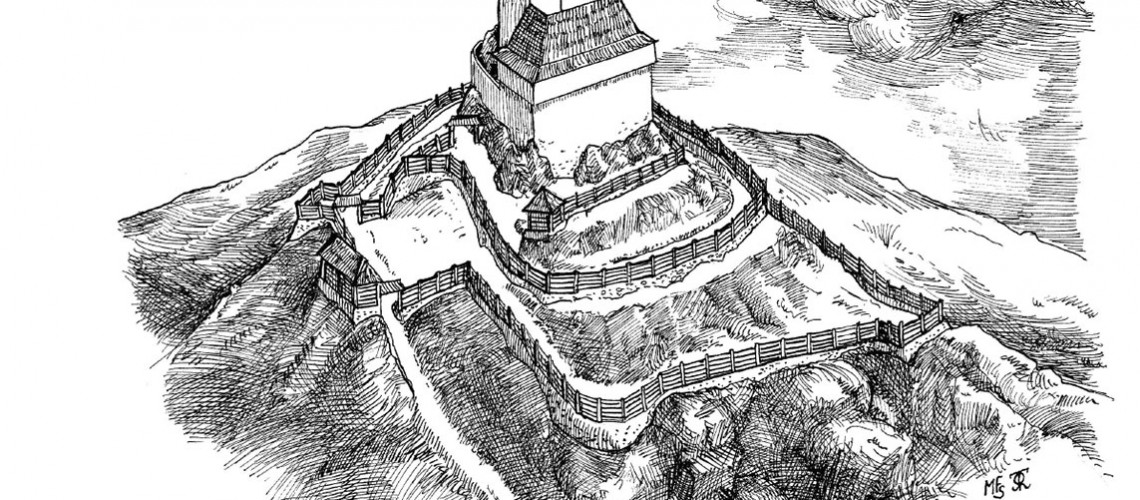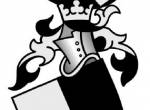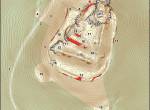The history of the building is inextricably linked to the Vartemberk family, who, with the exception of brief episodes, have held it for the entire duration of its existence. Litýš also played an important role after the Hussite wars, when it became the centre of the estate, which included all the goods of the former Bull's Headquarters. Its end was heralded in 1532, when Kryštof of Vartemberk transferred the centre of the estate to the newly built fortress in Býčkovice; soon afterwards, in 1544, Litýš Castle is listed as deserted. The access road to the castle was controlled by an elaborate system of earthen bastions connected by fortifications of lighter construction. In addition, one of the castle gates was secured from an elevated position by a triangular earth bastion with walled faces. Beyond this gate the road turned, entered the parkway through another gate and went around the west side of the core to enter it on the south side. In the core of the castle, a trapezoidal brick building, probably of tower character, stood on a rock face (435 m above sea level); to the south of it was a three-winged palace surrounding a courtyard. These buildings were supplemented by a cistern and a kitchen. Litýš Castle represents a unique and very elaborate example of fortification construction using artillery bastions and earthen fortifications, but also light fortifications, which consistently attempted to control the access road and the biggest weakness of the castle - the saddle to the south below it. Together with Kalich and Panna, it is one of the best that was built in its time.
Article from the newspaper
Founded by Sigismund of Vartemberk near the village of Kotelice sometime between 1423 and 1427, Litýš Castle was one of the most important anti-Hussite strongholds in Litoměřice. After the calming of the situation, it functioned as the administrative centre of a large manor until the third of the 16th century, but in 1544 it is already mentioned as deserted. Remains of buildings and a very sophisticated fortification system have survived, bringing Litýš paradoxically closer to Žižek's Kalich, to which it was a counterbalance during his lifetime. Access from: the settlement of Kotelice or Jeleč (red TZ, "Golden Trail through the Land of Castles").




